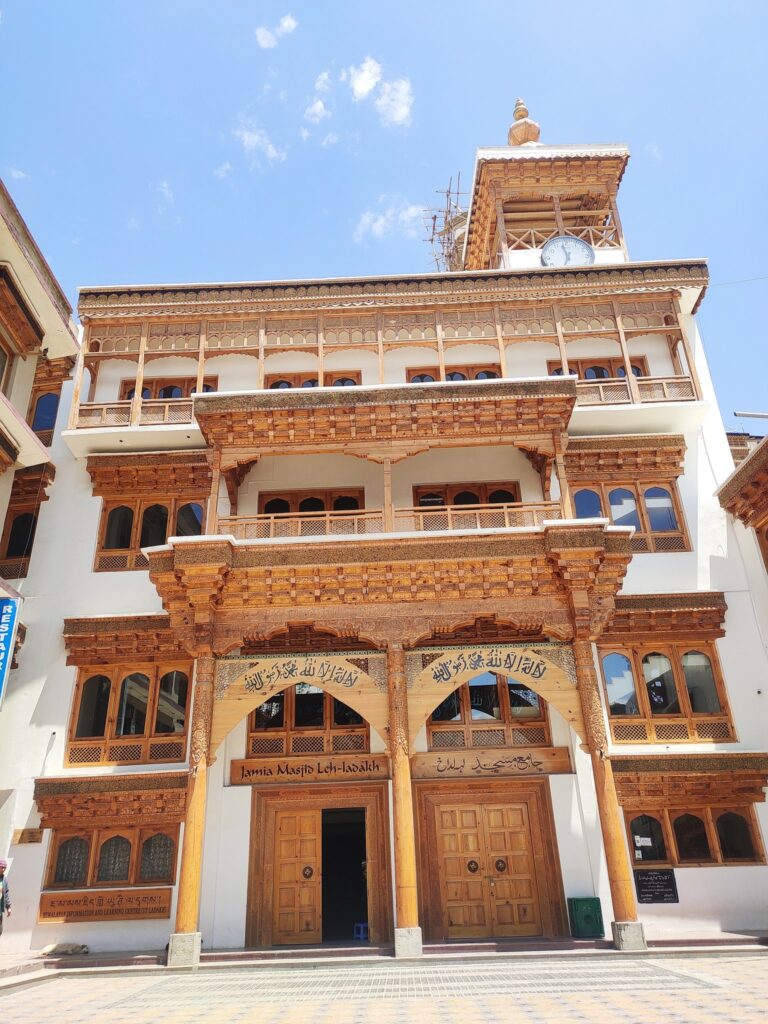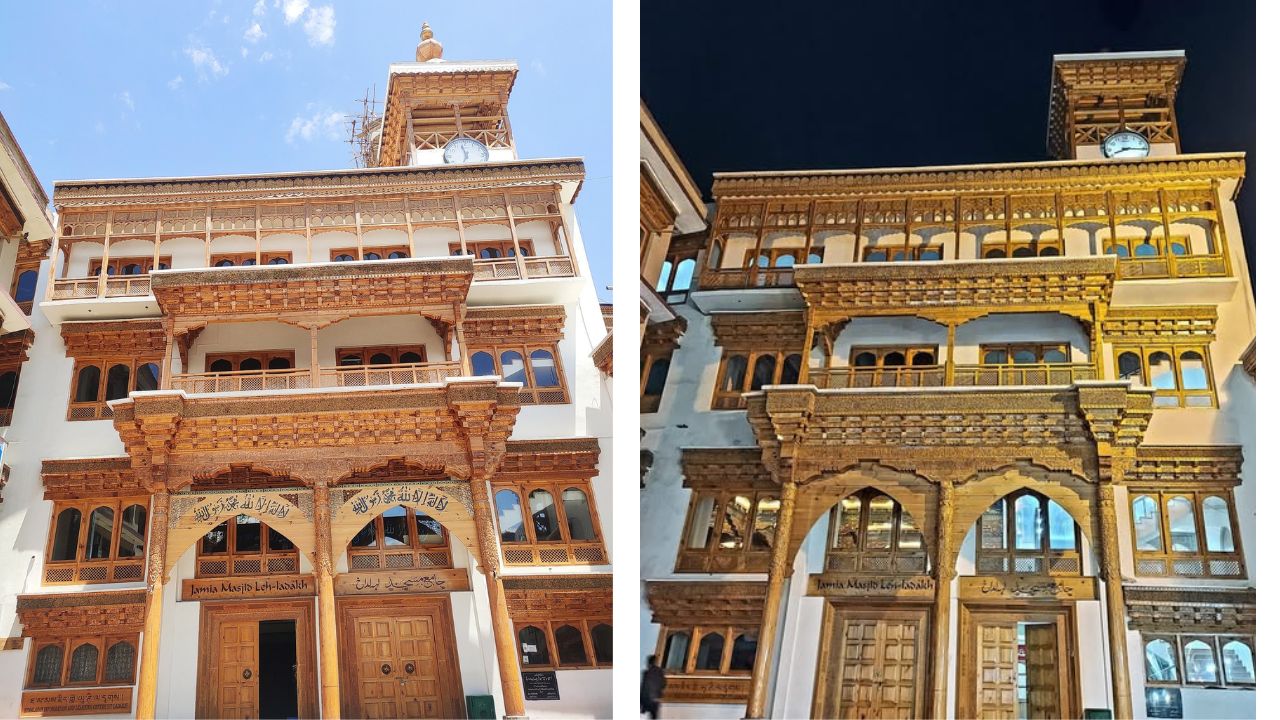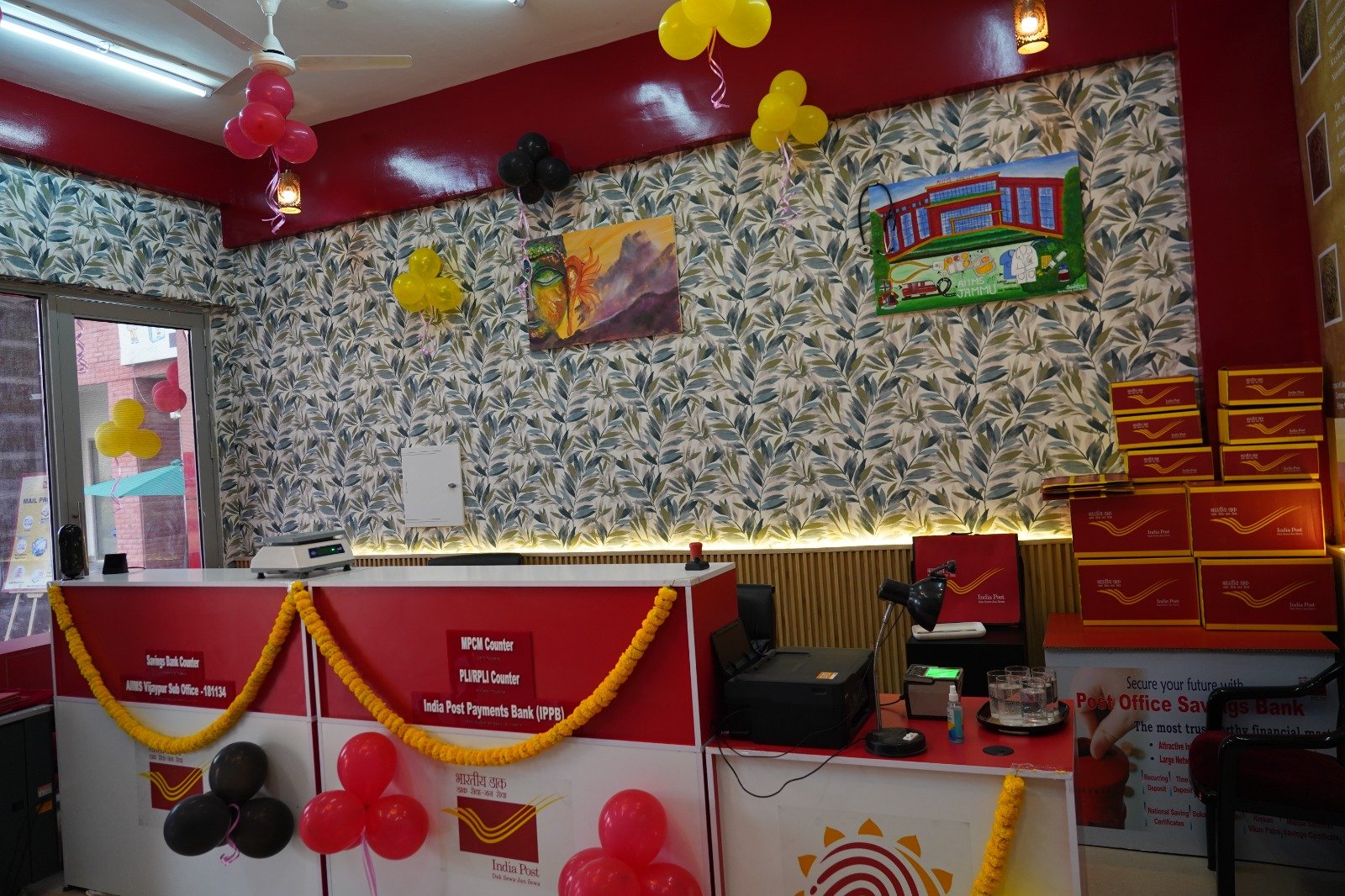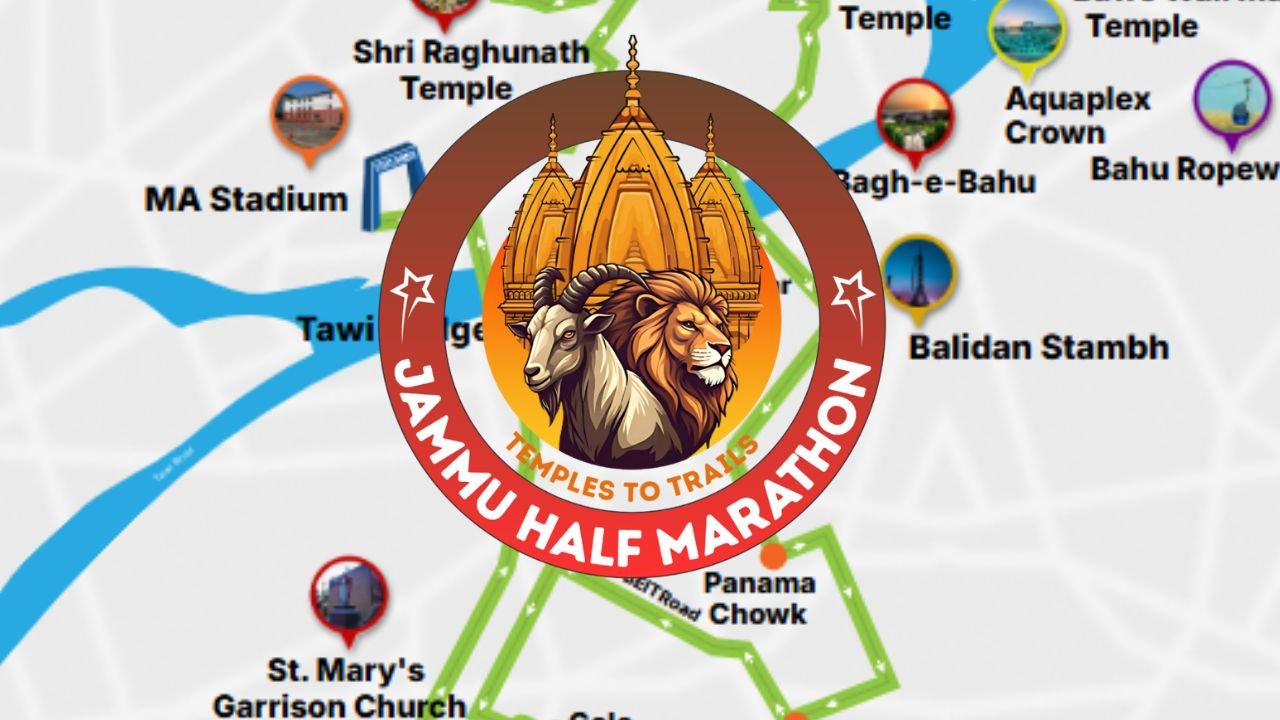Tucked in the heart of Leh’s bustling bazaar lies a serene and spiritual gem—Jama Masjid of Ladakh. While the region is more often associated with Buddhist monasteries and Himalayan landscapes, this historic mosque brings a different yet equally beautiful layer to Leh’s cultural fabric. With roots dating back to the 17th century, this monument stands tall not just as a religious site but as a symbol of coexistence, heritage, and architectural grace.
Location and Overview
Jama Masjid is located right in the main market of Leh, the capital of Ladakh. Surrounded by shops, cafes, and daily life, the mosque stands in peaceful contrast—a white-stoned structure with a quiet dignity that draws both worshippers and curious travelers. It is the largest mosque in Ladakh, serving as the main center for the region’s Sunni Muslim population.
History and Origin
Built in 1666-67 AD
This iconic mosque was built as part of a historic pact between King Deldan Namgyal of Ladakh and Mughal Emperor Aurangzeb. The arrangement involved the Mughals providing protection to Ladakh in exchange for tribute, and as a symbolic gesture of their alliance, the Jama Masjid was constructed.
Political Agreement Behind Its Construction
The mosque wasn’t just a religious structure—it represented a diplomatic seal of trust. The Mughal empire extended its influence and protection, while Ladakh maintained sovereignty. The mosque stood as a testament to peaceful negotiation during turbulent times.
Growth of Muslim Population in Leh
Over time, Leh saw an influx of Muslim traders from Kashmir and Central Asia. With their growing numbers, the small mosque that existed earlier became insufficient, leading to the need for a grander structure—hence the Jama Masjid came into being.
Architectural Significance
Evolution from Dome to Modern Design
Originally, Jama Masjid had a domed structure, a classic element of Mughal architecture. However, in recent years, the structure was replaced with a more intricately carved, double-domed modern design. The result is a stunning blend of traditional Islamic and Ladakhi architectural styles.

Ladakhi Islamic Architecture
The new structure retains a local charm, with stone carvings, wooden panels, and detailed embellishments that reflect the Ladakhi craftsmanship. The use of local materials ensures the mosque blends beautifully with Leh’s cold desert backdrop.
The Shahi Hamdan Memorial
Within the mosque complex lies a memorial called Shahi Hamdan, dedicated to the Sufi saint Mir Syed Ali Hamdani, also known as Shah-i-Hamdan.
His Impact on Islam in the Region
A revered Sufi preacher and scholar, Shah-i-Hamdan is believed to have brought Islam to Kashmir and surrounding regions, including Ladakh. His teachings emphasized peace, tolerance, and devotion, values reflected in the mosque’s purpose and presence.
Leh is a land of monasteries, prayer flags, and Buddhist chants—but Jama Masjid adds another layer of spirituality. It coexists peacefully with Buddhist shrines, and this interfaith harmony is what makes Ladakh so unique.
The mosque symbolizes devout tolerance, showcasing how people of different faiths have lived together for centuries in mutual respect.
Inside the Mosque
Though the exterior invites everyone to admire, entry is restricted to men. This aligns with local religious customs. Inside, the mosque can accommodate around 500 worshippers.
Daily Prayers and Festivals
Jama Masjid serves as the central hub for the Sunni Muslims of Leh. Friday prayers are especially crowded, and Eid celebrations bring together communities from neighboring villages.
Read also: Explore Leh Palace in Ladakh – All You Need To Know
Visiting Information
- Opening Hours: 05:00 AM to 09:00 PM
- Days Open: All days of the week
Rules and Respectful Behavior
- Modest dress is a must
- Remove footwear before entering
- Photography may be restricted inside
- Women are not allowed inside the main prayer hall
Best Time to Visit
June to October is the best time to visit Leh—and consequently, Jama Masjid. The weather is pleasant, roads are open, and the city is lively with tourists.
Morning and evening visits offer the best lighting for photography and a peaceful atmosphere for reflection.
Jama Masjid’s Role in Today’s Leh
Today, Jama Masjid is not just a religious building. It acts as a social and cultural gathering space, especially for Muslims in the area. It plays a crucial role in education, charity, and community events.
Tips for Tourists
- Combine your visit with Leh Market exploration
- Try local food like Momos and Thukpa
- Visit nearby attractions like Leh Palace, Shanti Stupa, and Namgyal Tsemo Gompa
Jama Masjid vs Other Mosques in Ladakh
While there are other mosques in the region, none match the grandeur and history of Jama Masjid. Its central location, scale, and historical significance set it apart as a must-visit landmark in Leh.
Contribution to Leh’s Identity
More than a religious place, Jama Masjid is a cultural landmark that adds to the urban identity of Leh. Its white structure, echoing prayers, and historical roots make it one of the most photographed and revered spots in the city.
The Jama Masjid of Ladakh is more than bricks and stones. It’s a story—a story of diplomacy, spirituality, cultural fusion, and communal harmony. Whether you’re a history buff, an architecture enthusiast, or a traveler seeking soulful experiences, this mosque should definitely be on your Leh itinerary.
FAQs
1. Who built Jama Masjid in Leh?
Jama Masjid was built in 1666-67 AD as part of an agreement between Ladakh’s King Deldan Namgyal and Mughal Emperor Aurangzeb.
2. Is Jama Masjid open to tourists?
Yes, it is open to tourists from 05:00 AM to 09:00 PM, but only men are allowed inside the mosque’s prayer hall.
3. What is the best time to visit Jama Masjid?
The best time is between June and October when the weather in Leh is pleasant and roads are accessible.
4. What is special about the mosque’s architecture?
It features a double-domed modern structure with intricate carvings and reflects a blend of Ladakhi and Islamic styles.
5. What is the significance of Shah-i-Hamdan Memorial?
It is dedicated to the Sufi saint Mir Syed Ali Hamdani, who played a key role in spreading Islam in the region.
















